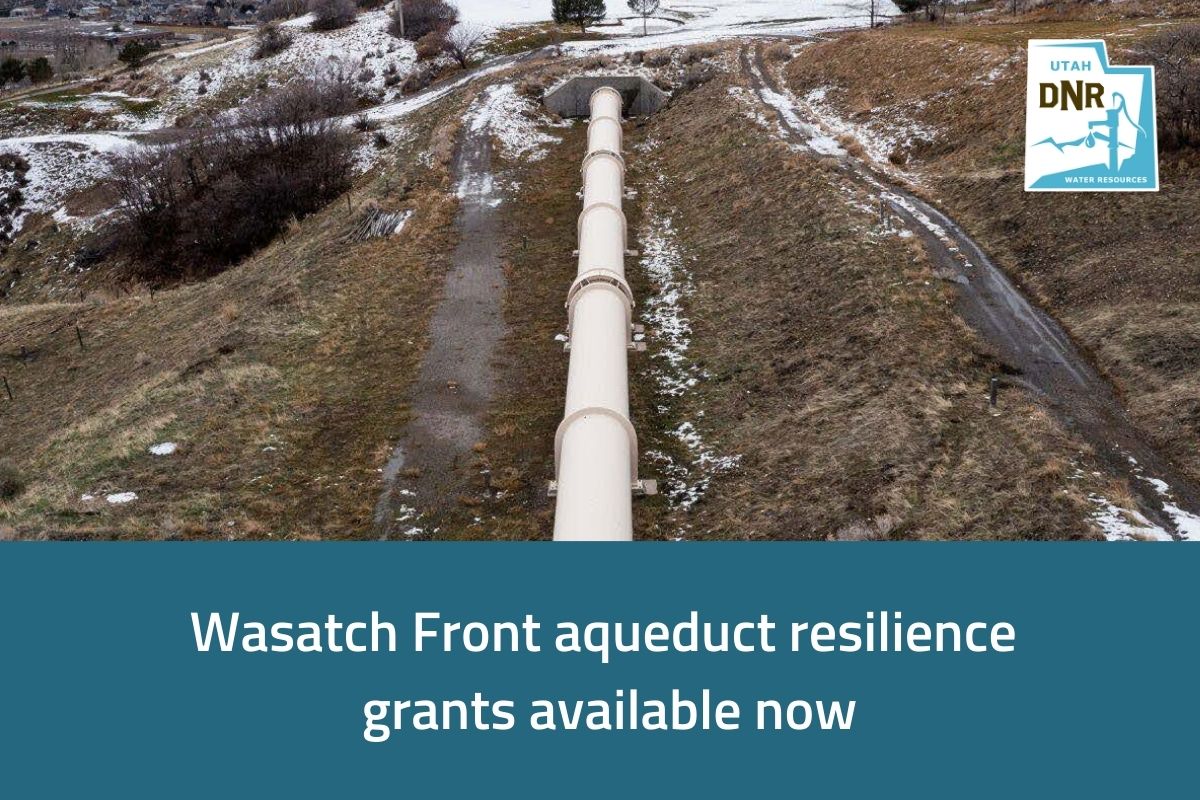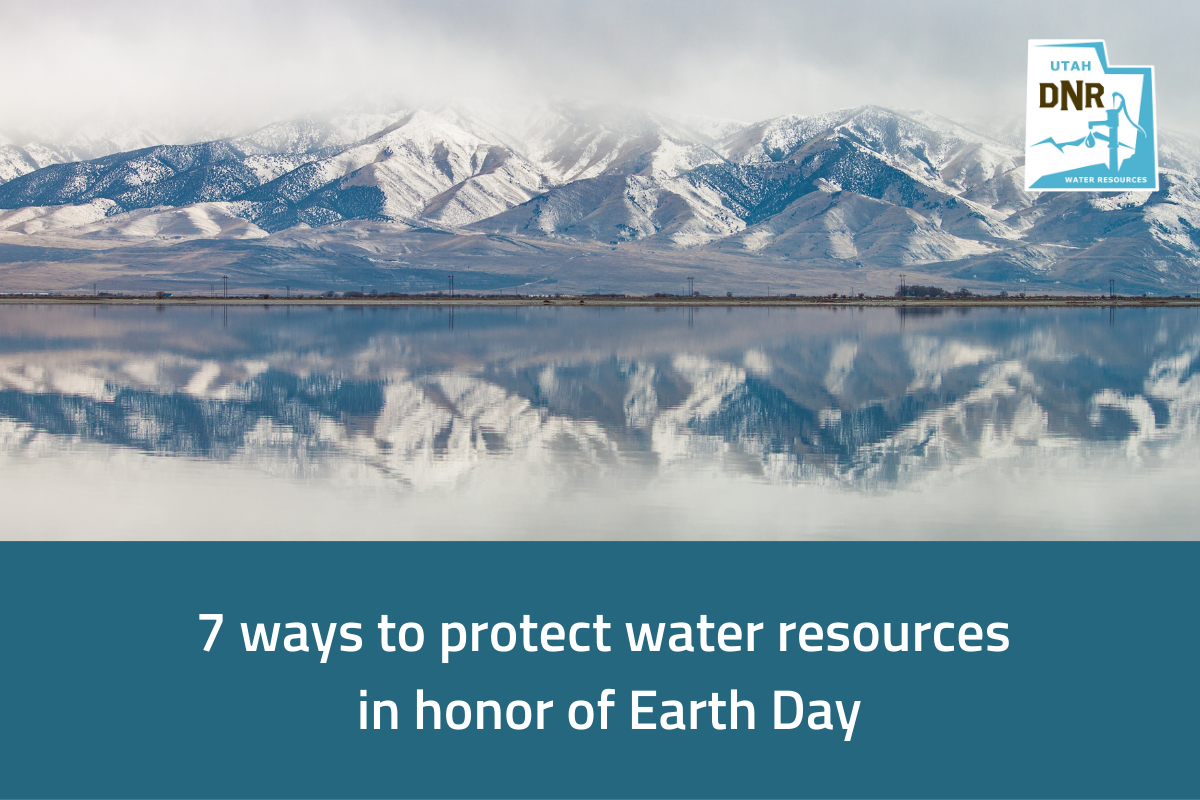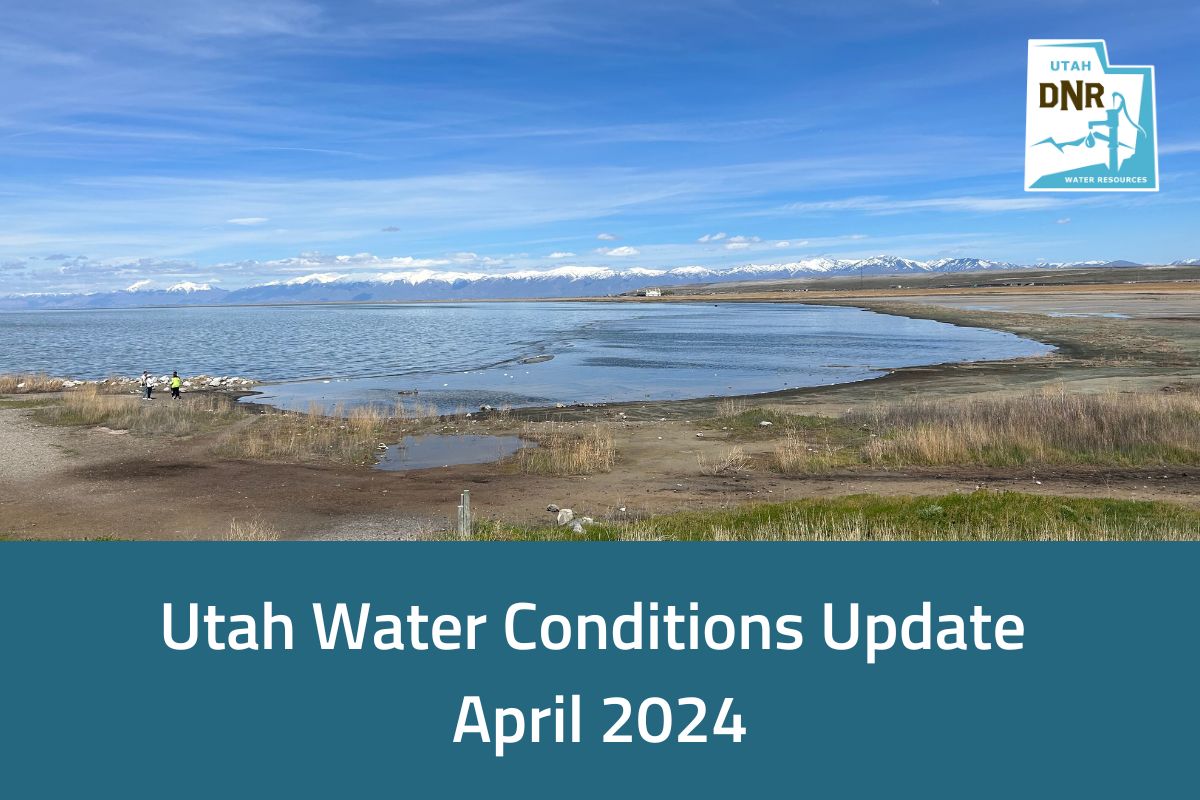SALT LAKE CITY (Aug. 28, 2023) – the Utah Legislature has provided $50 million for aqueduct resilience projects on the Wasatch Front. Applications to receive the grants are open now!
Eligible projects’ aqueducts must meet all of the following criteria:
- Crosses the Wasatch Fault Zone as defined by the Utah Geological Survey
- Provides drinking water
- Supplies water to a minimum of 20,000 people
Grants are limited to a maximum of 75% of study costs and/or 50% of construction. Grant amounts will be determined by the following:
- Grant requested vs. the number of residents served
- Lack of additional water sources/systems
- Potential risk of seismic damage to the aqueduct and resulting impacts to public drinking water supply
- Timeline to complete studies of needed aqueduct resiliency projects
- Timeline for design and construction of proposed work
- Expected risk reduction/HAZUS rating improvement
- Other funding sources secured to complete the project
Applications must be submitted by September 18, 2023.
For more information, contact Eric Dixon, Design & Construction Manager, at 801-310-8407 ericdixon@utah.gov.
# # #




